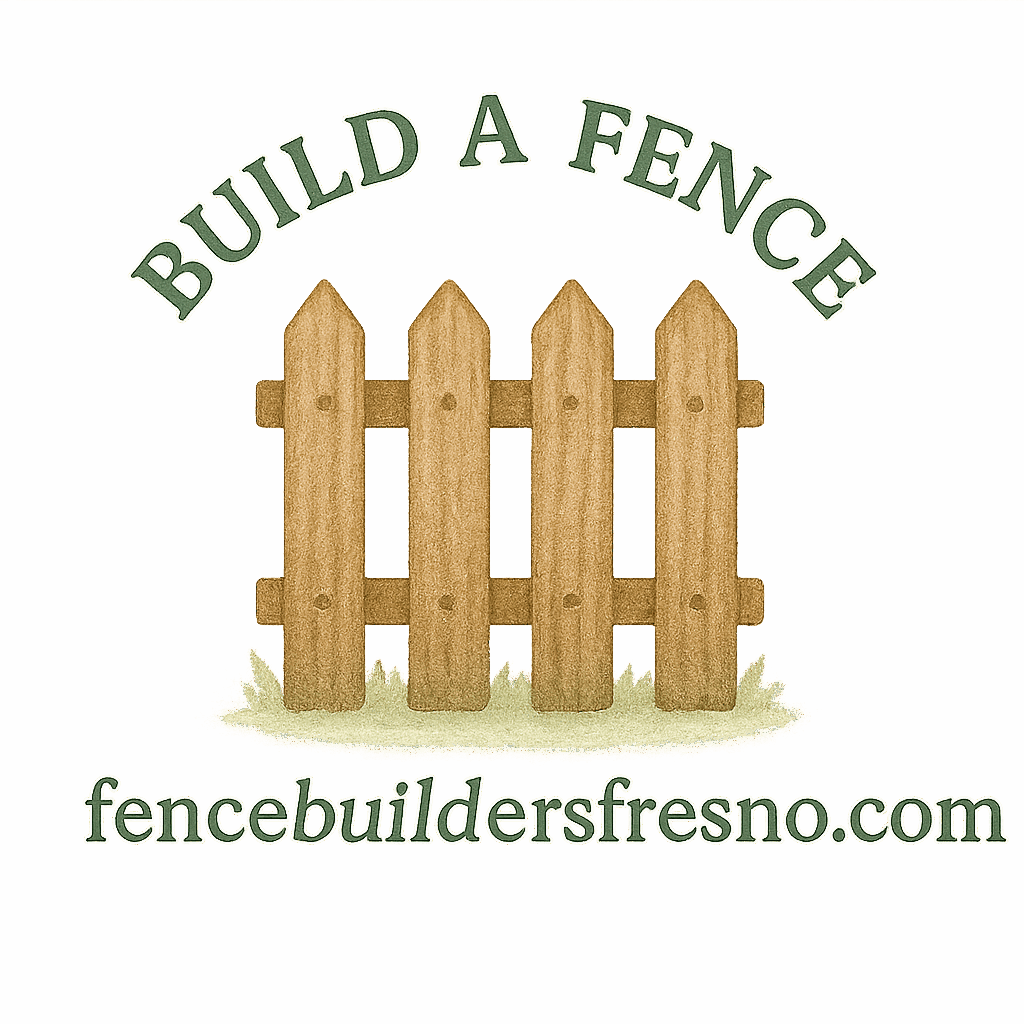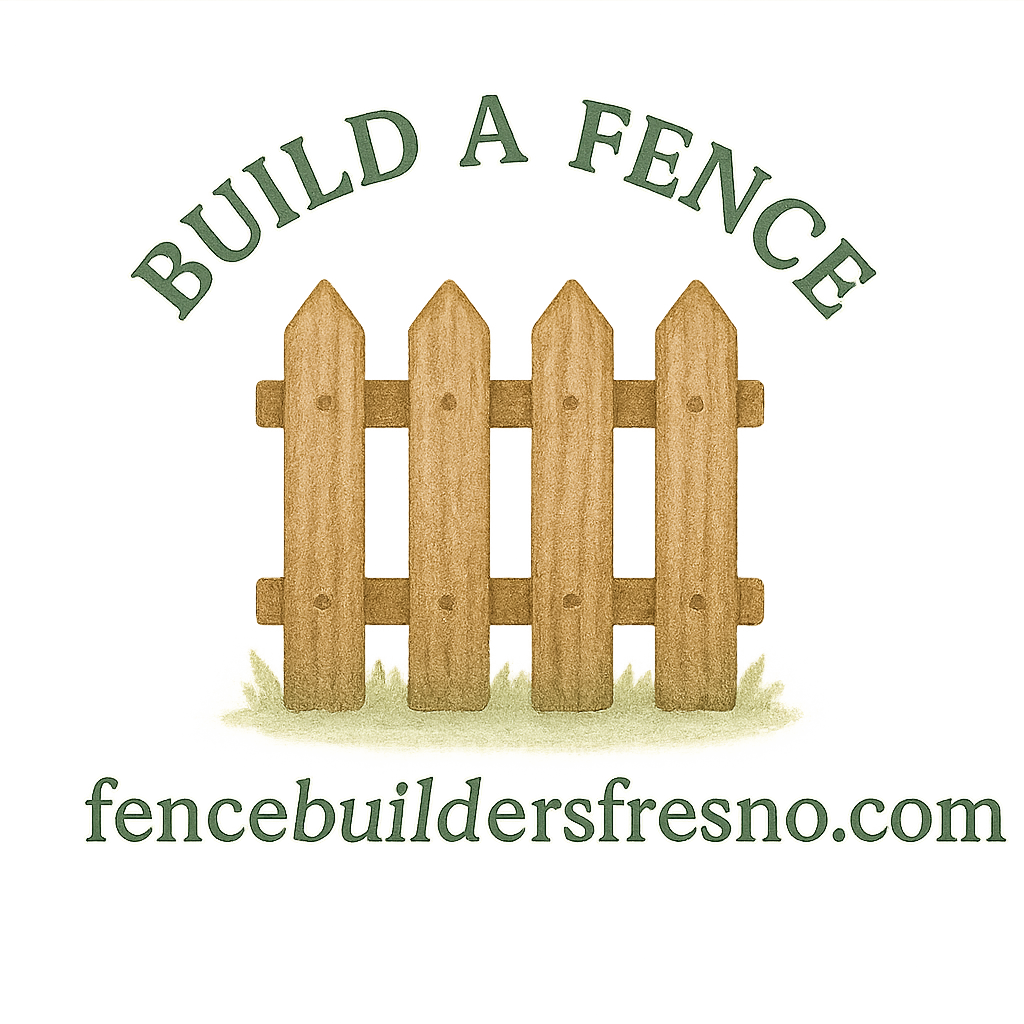Thinking about installing a fence yourself? DIY fencing is an exciting project that gives you control over design, materials, and costs. Plus, there’s something rewarding about standing back and saying, “I built that.” But here’s the deal: fencing isn’t just about hammering a few posts into the ground. It’s about smart planning. Without it, you could end up with legal disputes, wasted money, or a fence that collapses after the first storm.
Before you start digging holes, here are five crucial questions you must ask before starting DIY fencing planning—questions that will save you time, money, and plenty of headaches.
Why DIY Fencing Planning Matters
Fencing impacts more than just your backyard view—it affects your property value, neighbor relationships, and even your safety. Poor planning can lead to encroachment on property lines or violations of legal fencing regulations. Careful planning ensures your fence is durable, attractive, and built to last.
Question 1: What’s the Purpose of My Fence?
Every good plan starts with why. What’s the main reason you’re building a fence?
Defining Security Needs
If security tops your list, look into durable fencing options like chain link, wrought iron, or tall wood fences. These create a solid barrier and help deter trespassers.
Privacy Considerations
Want to keep nosy neighbors or street traffic out of sight? A privacy fence made of wood or vinyl panels will do the trick.
Decorative vs. Functional Fencing
Sometimes fencing is more about looks than security. A decorative fence can frame your garden, define boundaries, and boost curb appeal.
Question 2: Where Are My Property Lines?
This is where many DIY projects go wrong. If you install your fence on your neighbor’s land, even by a few inches, you could face a fence encroachment dispute.

Legal Implications of Property Boundaries
Property lines are legal boundaries, not just rough guesses. Building beyond them can trigger serious legal disputes.
Preventing Fence Encroachment
Mark your lines using stakes and string, or hire a surveyor if you’re unsure.
Consulting Local Authorities and Surveys
Check with city zoning offices and review property rights regulations before construction.
Question 3: What Materials Should I Use for My Fence?
Your material choice will affect your fence’s lifespan, look, and maintenance.
Wood Fence Options
Wood fences are timeless, but they demand proper wood fence care to avoid rot and pests. Cedar and redwood are excellent picks.
Vinyl Fence Benefits
A vinyl fence offers low maintenance, weather resistance, and long-lasting durability—perfect for homeowners who don’t want constant upkeep.
Metal, Chain Link, and Alternative Fences
Chain link is budget-friendly, aluminum offers style, and wrought iron adds strength. See a full fence types comparison to choose wisely.
Durability and Maintenance Factors
Ask yourself: Am I ready for regular maintenance, or do I need a low-maintenance fence?
Question 4: What Is My Budget for DIY Fencing?
Budgets often dictate fence type and size.
Estimating Costs of Materials
Factor in posts, panels, gates, and concrete. Use fence building basics to understand cost breakdowns.
Tools and Equipment Considerations
You’ll need a post hole digger, cement, screws, and more. Renting equipment can help reduce costs.
Balancing Cost with Quality
Cheap materials may save money now but lead to higher fence maintenance expenses later.
Question 5: Do I Have the Time and Skills to Build It Myself?
DIY fencing requires more than enthusiasm—it takes skill and patience.
Understanding the DIY Process
Planning, digging, leveling, and concrete setting are part of the DIY fence installation journey.
Common DIY Fencing Challenges
Sloping land, rocky soil, and weather delays are just a few hurdles.
When to Call Professional Fence Builders
If things get overwhelming, hiring Fence Builders Fresno ensures professional results without stress.
Additional Considerations for DIY Fencing Planning
Local Zoning Laws and HOA Rules
Review legal property considerations before building.
Weather and Environmental Impact
Climate affects material durability. In humid areas, wood decays faster.
Maintenance and Long-Term Upkeep
Plan for future upkeep tips to extend your fence’s life.
DIY Fencing Planning vs. Professional Installation
Pros of DIY Fencing
- Lower cost
- Custom design
- Personal accomplishment
Pros of Hiring Professionals
- Faster, expert installation
- No risk of boundary disputes
- Access to higher-quality tools and materials
Finding the Right Balance
Many homeowners combine both—DIY planning and professional fence installation for complex tasks.
Tools You’ll Need Before Starting
Essential DIY Fencing Tools
Post hole digger, shovel, level, saw, and drill.
Safety Equipment
Gloves, goggles, and boots are non-negotiable.
Step-by-Step DIY Fencing Planning Guide
Measuring and Marking Property Lines
Always verify property lines before marking.
Choosing the Right Fence Design
Browse fence design planning to match function with style.
Preparing the Ground
Clear rocks and debris before digging.
Common Mistakes to Avoid When Planning a Fence
Ignoring Local Regulations
Skipping permits leads to fines and removal orders.
Choosing Cheap but Weak Materials
Low-cost fences often need constant repairs.
Poor Installation Techniques
Shallow post holes or uneven panels weaken the fence.
Tips for Long-Term Fence Maintenance
Seasonal Fence Care
Winter and summer bring unique challenges. See fence maintenance tips for seasonal guidance.
Preventing Rot, Rust, and Damage
Seal wood, coat metal, and clean vinyl regularly.
Conclusion
Building your own fence can be one of the most rewarding DIY projects you take on—but it’s not something you should rush. By asking these five essential questions before DIY fencing planning, you’ll avoid costly mistakes and create a fence that’s strong, attractive, and built to last. Whether you go fully DIY or hire experts for support, careful planning guarantees success.
FAQs
1. What is the cheapest DIY fencing option?
Chain link is the most cost-effective option and is covered in our fence types comparison guide.
2. How deep should fence posts go?
Posts should go about one-third of their length underground, as explained in fence building basics.
3. Do I need a permit to build a fence?
Most areas require one. Always check local property considerations first.
4. Which fence type is easiest to install for beginners?
Vinyl and pre-assembled wood panels are beginner-friendly. Explore options in our DIY fence guide.
5. How do I prevent my fence from leaning over time?
Set posts deep in concrete and review installation tips for stability.
6. Can I mix different fencing materials?
Yes—many homeowners combine wood, vinyl, and metal for aesthetics and strength.
7. How often should I maintain my DIY fence?
Inspect your fence at least twice a year. Our fence upkeep tips provide seasonal checklists.


